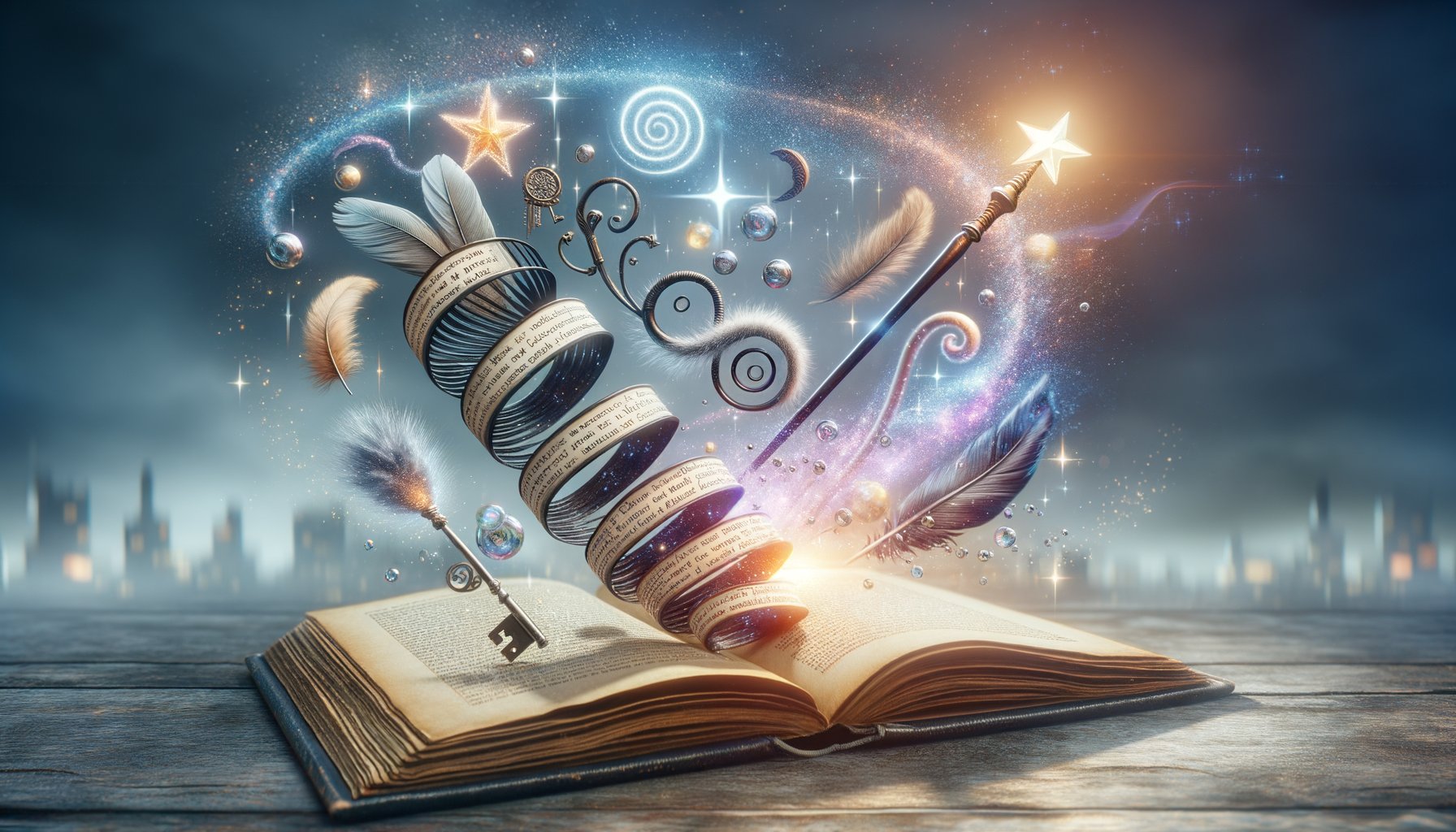Physical Address
304 North Cardinal St.
Dorchester Center, MA 02124
Physical Address
304 North Cardinal St.
Dorchester Center, MA 02124

Once upon a time, in the realm of literature, there emerged a captivating genre that blurred the lines between reality and fantasy. This genre, known as magic realism, has since woven its way into the fabric of modern literature, casting enchanting spells on readers and writers alike. But what exactly is magic realism? And why has it become such an integral part of contemporary storytelling?
Magic realism is a literary style that presents a realistic world infused with magical elements. It’s not quite fantasy or science fiction; rather it’s a delicate balance where the ordinary meets the extraordinary, creating a narrative tapestry that is both familiar yet alien.
The roots of magic realism can be traced back to Latin America in the mid-twentieth century. Writers like Gabriel García Márquez and Isabel Allende used this technique to explore political and social realities through an enchanted lens. Their narratives were grounded in reality but punctuated with fantastical elements that added depth and dimension to their storytelling.
But why has magic realism gained such traction in modern literature? The answer lies in its unique ability to communicate complex ideas and emotions through an engaging blend of reality and fantasy.
Magic realism allows authors to delve deep into themes that might otherwise be difficult to tackle head-on. Whether it’s exploring societal issues, personal traumas or philosophical concepts, this genre provides a platform for authors to express their thoughts without being shackled by the constraints of pure realism.
For example, Toni Morrison’s ‘Beloved’ uses magic realism to explore the harsh realities of slavery. The ghostly presence haunting Sethe represents her traumatic past – a constant reminder of her experiences as a slave. Here, Morrison uses supernatural elements not just for aesthetic purposes but as a powerful tool to highlight the psychological impact of slavery.
Magic realism also serves to engage readers in a unique way. By juxtaposing the mundane with the magical, authors create an intriguing world that invites readers to suspend their disbelief and immerse themselves in the narrative. The ordinary becomes extraordinary, sparking curiosity and encouraging deeper engagement with the text.
Take Haruki Murakami’s ‘Kafka on the Shore’, for instance. Talking cats, fish raining from the sky, and spirits shifting between bodies – these surreal elements keep readers on their toes, making them eager to turn page after page.
In a globalised world where cultures intertwine and blend, magic realism reflects this diversity by integrating folklore, myths and superstitions into contemporary narratives. This not only enriches storytelling but also respects and acknowledges cultural nuances.
Salman Rushdie’s ‘Midnight’s Children’ is a brilliant example of this. The novel intertwines historical events with Indian myths and superstitions, creating a vibrant tapestry that reflects India’s rich cultural heritage.
In today’s literary landscape, magic realism continues to evolve, enchanting new generations of writers and readers alike. From Latin America to Asia, Africa to Europe – it has become a universal language of storytelling that transcends geographical boundaries.
As we navigate through our increasingly complex world, magic realism offers us an escape route – a chance to explore alternate realities where anything is possible. It reminds us that life itself can be magical when viewed from different perspectives.
The role of magic realism in modern literature is indeed profound. It has become more than just a genre; it’s a lens through which we can view our world – a world where the ordinary and extraordinary coexist, where magic is real, and reality is magical.